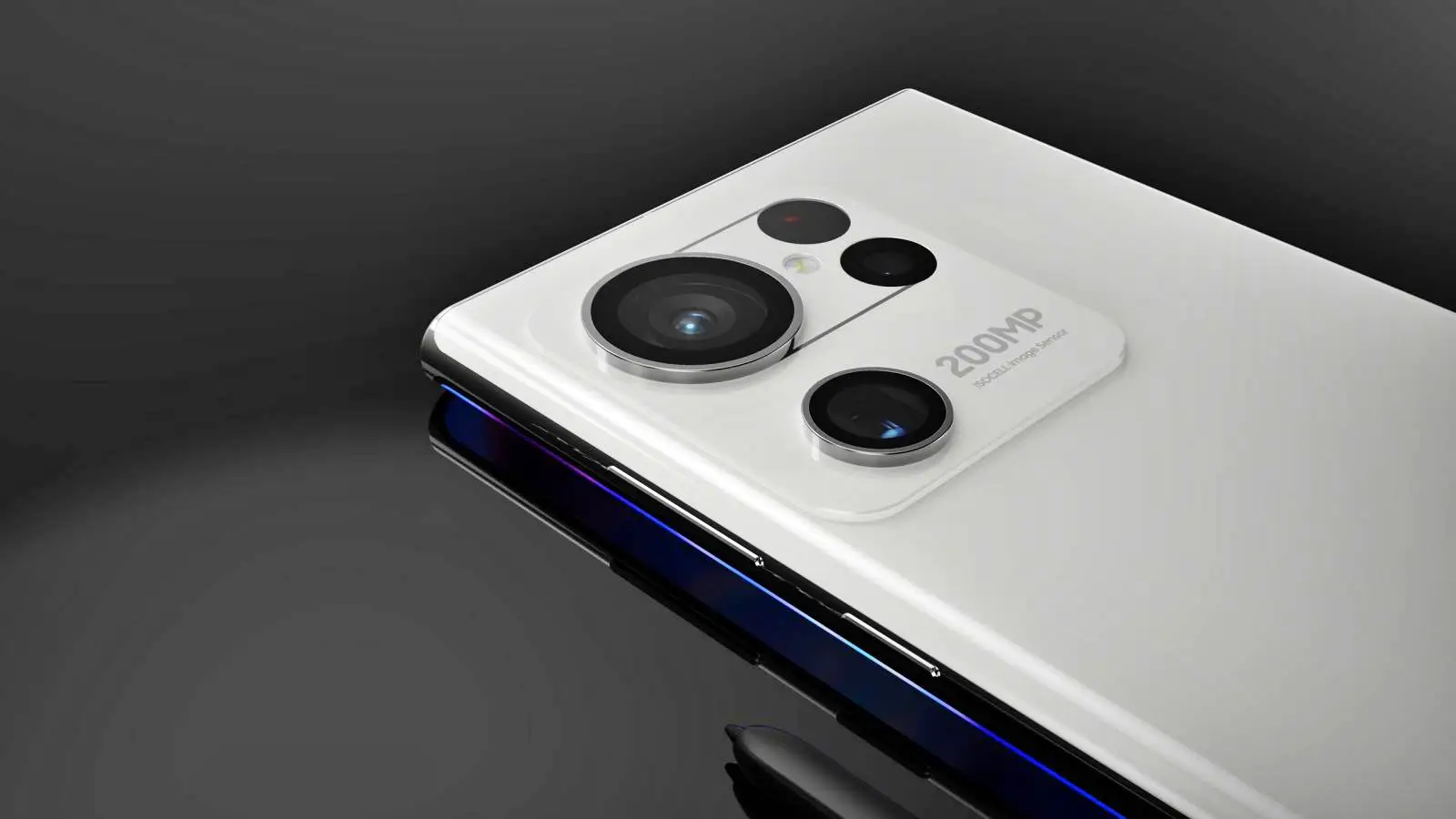Samsung GALXY S23 is the next very important phone model that the Samsung company wants to launch for customers all over the world, and today we have the opportunity to find out the first details about the camera and battery. We are talking about an extremely interesting phone with which Samsung hopes to conquer the whole world, the Samsung GALXY S23 having integrated many major changes, but this is no longer such a big surprise.
The GALAXY S23 could be launched by the Samsung company with a main camera that has a 200-megapixel image sensor, huge, but extremely useful for recording high-resolution photos. The camera used in the Samsung GALXY S23 could have an aperture of 0.6 μm, which of course comes as an extremely good surprise for all customers, and those from Samsung definitely want to be a more serious competitor for Huawei when it comes to phone cameras.
Samsung GALXY S23: Camera and Battery could Surprise, First Expectations Revealed
The Samsung GALAXY S23 Ultra could have a 5000 mAh battery integrated by Samsung, huge, but necessary for the much larger screen and much more powerful camera. In combination with a processor that consumes less energy, the Samsung S23 Ultra could offer users a much better user experience, but of course we are waiting to see if they give up the Exynos chips to switch to Qualcomm or not.
The Samsung S23 should come with a bigger battery and keep the same fast charging benefits, at least, and that's because people can't wait for phones to charge, no matter how big the batteries are. The GALAXY S23 is a series of phones that will arrive on the market with very high expectations from customers, especially since by then both the iPhone 14 and the Huawei MATE 50 Pro will be launched, so the competition will be high.
The Samsung GALAXY S23 should be presented sometime in the winter of next year, most likely at the end of January, beginning of February, but we will find out more during December.

















